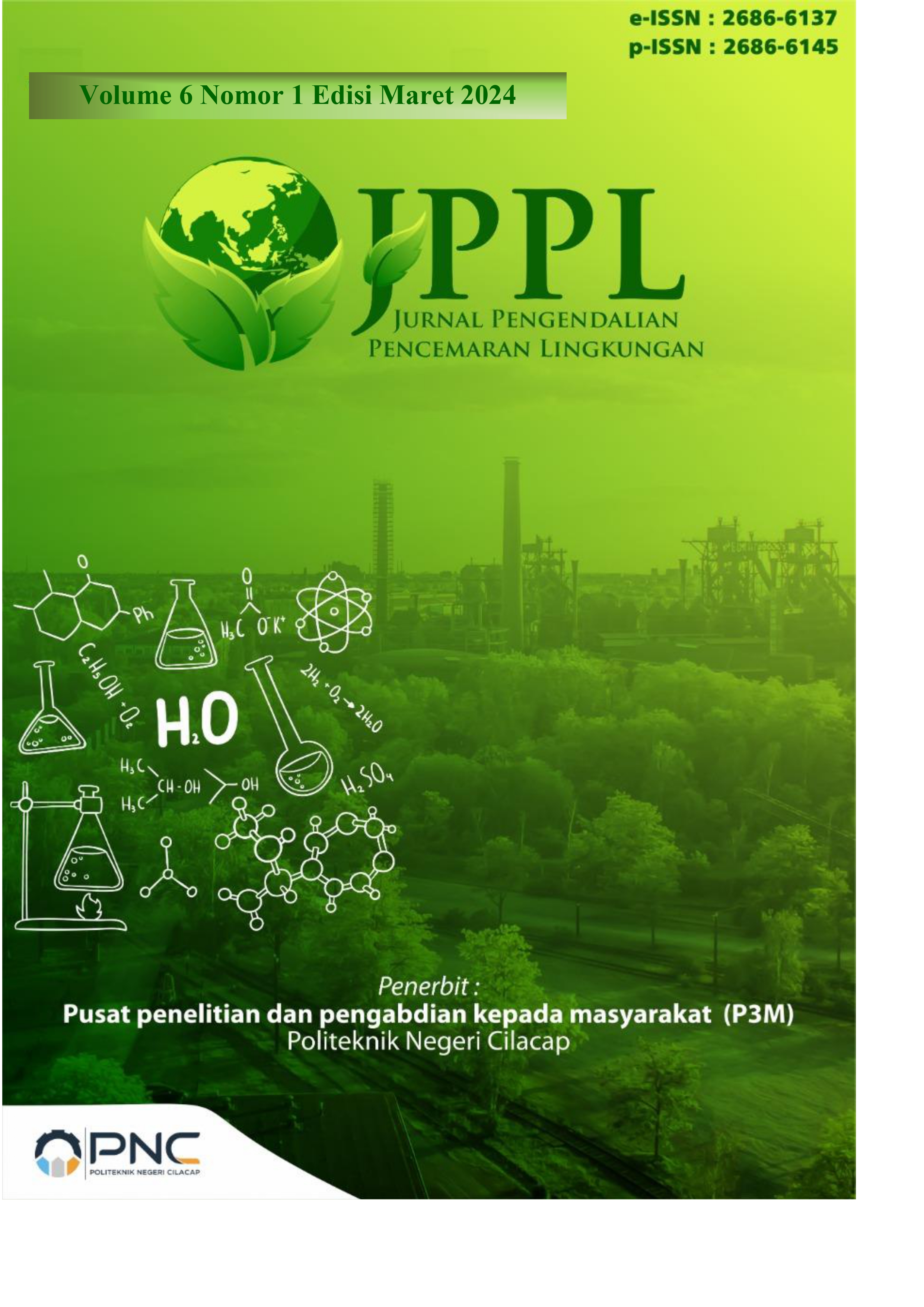Evaluasi Pengolahan Sampah menjadi Refuse Derived Fuel pada TPST Mengwitani Badung, Bali
 Abstract views: 330
,
Abstract views: 330
,
 pdf downloads: 476
pdf downloads: 476
Abstract
Badung Regency is the fourth city which is the largest waste producer in Bali Province, with the amount of waste production in Badung Regency in 2022 reaching 119,475 tons per year. On the other hand, the generated waste is only disposed of at the Suwung Final Disposal Site (TPA), without prior processing. However, as of March 2023, the Bali Provincial Government has begun to gradually close the Suwung TPA, due to waste overcapacity, as evidenced by the presence of rubbish piles as high as 25 meters. In response to this, the Badung Regency Environmental Service (DLH) built the Mengwitani Integrated Waste Processing Site (TPST), where waste is processed into Refuse Derived Fuel (RDF) with the aim of reducing waste generation in Badung Regency. This research aims to evaluate the process of processing waste into RDF at the Mengwitani TPST, so that it can be seen how much waste generation can be reduced through RDF processing at the Mengwitani TPST. The method used is a quantitative method, with a mass balance analysis approach. Therefore, it was found that processing waste into RDF was carried out by going through 5 stages of filtering or segregation. So, after processing the waste into RDF, it was found that the potential for waste reduction at the Mengwitani TPST reached 72% every day, and on the other hand, the RDF produced by the Mengwitani TPST had been adjusted to standards, namely SNI 8966:2021.
Copyright (c) 2024 Thomas Agung, Haniel Yudiar, Widhi Handayani

This work is licensed under a Creative Commons Attribution 4.0 International License.

















